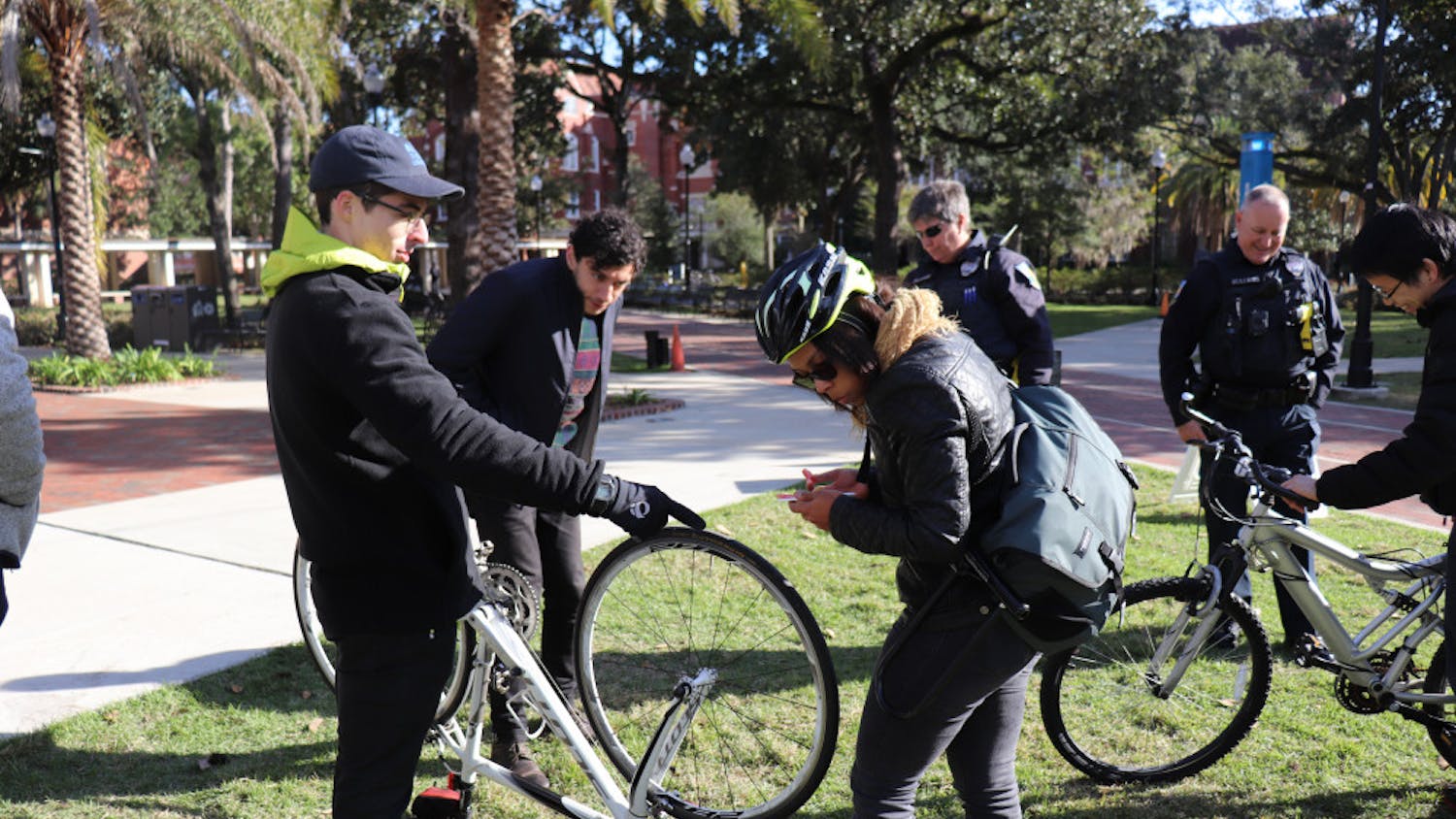People have a lot to be aware of on a monthly basis. The lists of May go on to include older Americans, healthy vision and ultraviolet light. However, the most perplexing phenomenon to dedicate an entire month isn’t about a disease or demographic: May is National Bike Month.
Bicycles were invented in the 1800s to provide an alternative mode of transportation to horses, in which the original names for bicycles were “running machine” and “dandy horse.” Although still used as a mode of transportation for us troubled youngsters who can’t afford a car yet, advocates of cycling have taken what once functioned only as a mode of transportation into its own culture. It’s hard to imagine the inventors of bicycles ever envisioned them ridden by people in tight, padded shorts. Although cyclists may be mocked for their uniforms and enthusiasm, there’s no problem with people sharing enjoyment in a leisure activity that promotes healthy lifestyles, and it is no more unusual than adults chasing a ball around.
Then again, a problem does arise in the mentality of bicyclists across all ages and experience levels. Many patrons of bicycles have the mindset that it is cyclists versus non-cyclists, especially when riding on the road. This may have been justified years ago, somewhat, when it was much more dangerous for cyclists to ride in cities, but hundreds of millions of dollars have been spent annually this past decade to raise awareness for bicycle safety. According to a study from Rutgers and Virginia Tech, the total number of bike trips has tripled from 1977 to 2009, but fatalities per 10 million bike trips fell by 65 percent. So drivers’ mentalities have changed over the years while cyclists’ haven’t, which is why awareness campaigns need to shift attention away from just cyclists and toward a new idea: cyclists’ awareness of others on the road.
Brash bikers is a problem plaguing the entire country, but this column primarily seeks change here in Gainesville. I’m talking about the punks who ride their bikes on the sidewalks at 25 mph downhill or peddle through pedestrians on their way to class. It’s understandable for bicyclists to want to ride on the sidewalk in cities to avoid being hit, but why do bicyclists here find it necessary to weave through crowds at the Reitz Union Lawn and on Turlington Plaza when the bike lanes thirty feet away function perfectly?
I’m no expert in physics, but if bicycles still abide by the laws of motion, a bicycle speeding down Stadium Road will not brake quickly enough for a pedestrian in a crosswalk. This may come as a shock to some, but pedestrians have the right of way as long as they’re in the crosswalks. If nothing is done, there will unfortunately come a day when a bicycle going 25 mph hits a pedestrian crossing the street. Mentalities need to change so that day never comes.
The complex, in-depth analysis on the breaking point, where a cyclist enjoying a little exercise becomes a menace on two wheels, is summarized best by a quote from Slate Magazine: “It’s not because I’m on a bike — I'm an asshole on the road no matter what.” Pedestrians would probably break the law just as often if it weren’t for the fact that they would probably lose going up against a moving car or bike. As bicycles are unaware of others around them, cars run red lights and pedestrians jaywalk. The common factor behind these modes of transportation is people themselves. The people of Gainesville are better than this. Leave Florida’s reputation of poor road safety and inconsideration of others to places like Miami.
Joshua Udvardy is a UF mechanical engineering sophomore. His column appears on Thursdays.





